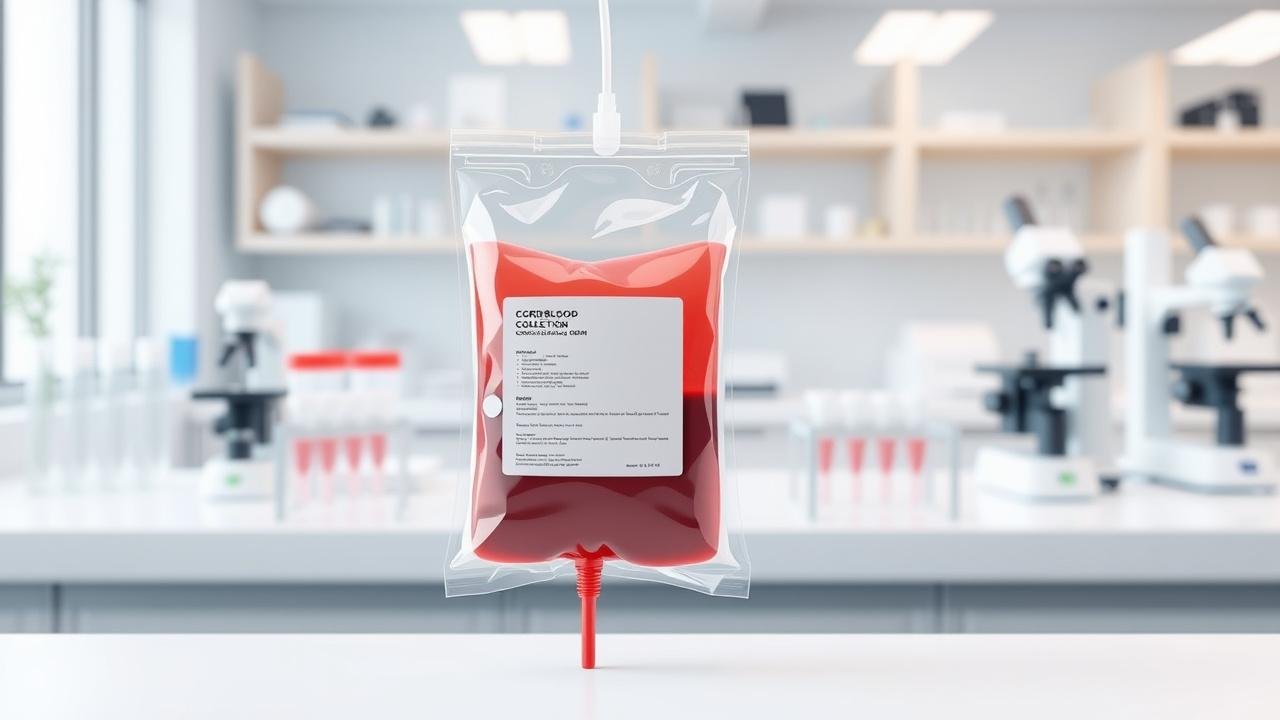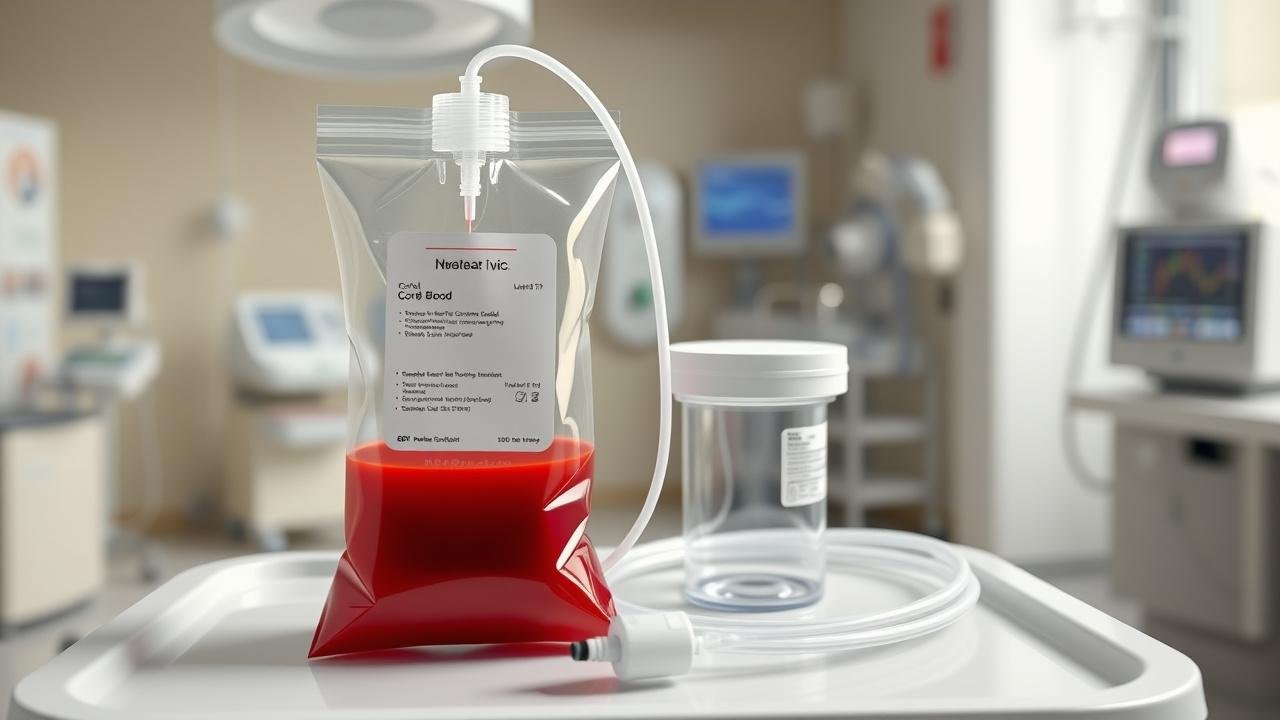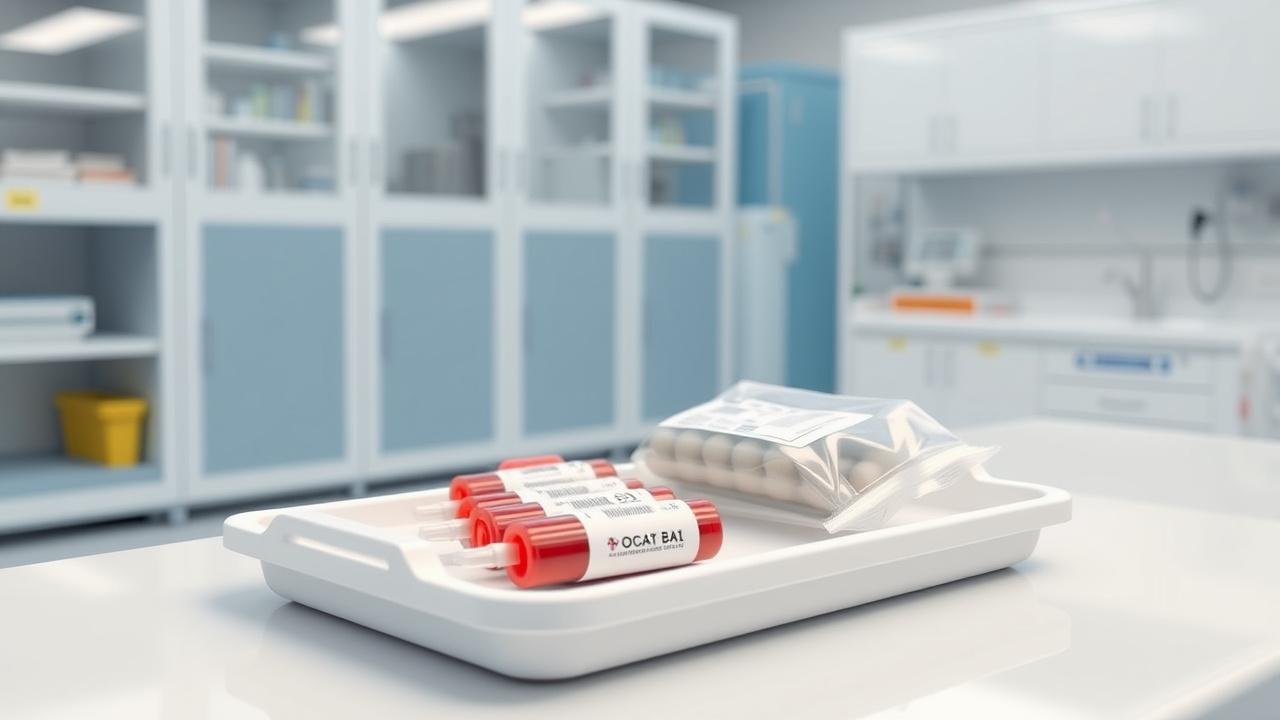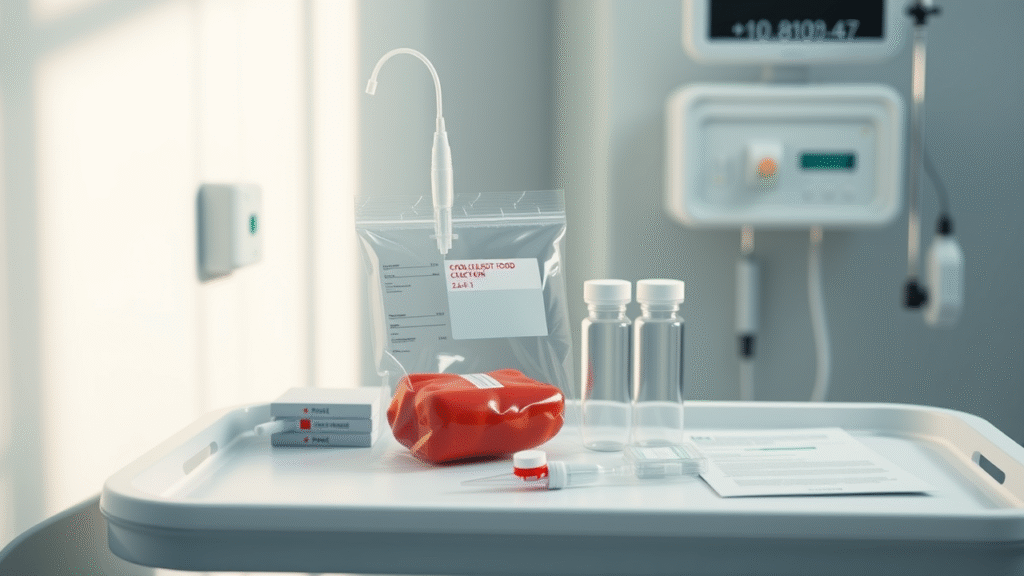Cord blood banking is becoming a vital option for families looking to secure their children’s health future. This comprehensive guide breaks down what cord blood banking is, why it matters, and the science behind its life-saving stem cells. From understanding storage choices and collection methods to exploring legal, ethical, and financial factors, each section offers clear insights. Whether you’re weighing costs or considering long-term benefits, this blog will help you make informed decisions that could protect your family’s well-being for years to come.
What Is Cord Blood Banking and Why It Matters for Your Family’s Health
Cord blood banking involves collecting and preserving the blood from a newborn’s umbilical cord, which is rich in powerful stem cells that can treat numerous medical conditions. This practice matters deeply for your family’s health because it offers a unique form of biological insurance, providing ready access to potentially life-saving cells for future therapies. Understanding this foundation connects naturally to the science behind cord blood stem cells and their regenerative capabilities, explored in the blog’s section on stem cell potential. Moreover, knowing why cord blood banking is important helps frame decisions around choosing between public and private storage options, as well as appreciating how rigorous collection and storage protocols ensure the sample’s quality over time. It also sets the stage for grasping long-term benefits and ethical considerations while highlighting why thoughtful financial planning is essential. Ultimately, this insight empowers families to make informed choices about preserving their child’s health legacy.
The Science Behind Cord Blood: Stem Cells and Their Life-Saving Potential

The science behind cord blood centers on its rich concentration of stem cells, which have the remarkable ability to develop into various types of blood and immune cells. These powerful cells offer life-saving potential by treating a range of serious conditions, including leukemia, lymphoma, and certain genetic disorders. Understanding this biological foundation is crucial when evaluating cord blood banking options, as discussed in the comparison between public and private storage. The quality and safety of these stem cells depend heavily on the meticulous collection and storage process, ensuring they remain viable for future use. This scientific insight also highlights why the long-term benefits of stored cord blood extend beyond immediate treatment possibilities, supporting ongoing research into regenerative medicine. By grasping the underlying science, families can make informed decisions about legal and ethical considerations and financial planning tied to preserving these vital cells, ultimately preparing for a healthier tomorrow with confidence.
Evaluating Cord Blood Banking Options: Public vs. Private Storage Explained
When evaluating cord blood banking options, understanding the differences between public and private storage is crucial for making an informed choice that aligns with your family’s health goals. Public banks accept donations for use by anyone in need, supporting broader community health and expanding research opportunities highlighted in the science-focused section of the blog. Private banks store cord blood exclusively for your family’s future use, providing personalized access but involving upfront costs discussed in the financial planning section. Both options follow strict collection and storage protocols to ensure quality and safety, as explained earlier in the blog. Weighing these factors alongside potential long-term benefits helps parents decide whether to prioritize shared medical advances or guarantee exclusive availability for their child or relatives. This decision also touches on ethical considerations covered elsewhere in the post, balancing societal good with individual preparedness. Ultimately, exploring these storage pathways equips families to prepare thoughtfully for a healthier tomorrow through cord blood banking.
How the Collection and Storage Process Ensures Cord Blood Quality and Safety

The collection and storage process plays a critical role in preserving the quality and safety of cord blood, ensuring its future therapeutic potential as highlighted in the science behind stem cells. Immediately after birth, trained professionals collect the cord blood using sterile techniques to prevent contamination. This initial step is vital because any compromise here can affect the viability of precious stem cells that support life-saving treatments discussed in evaluating banking options. Once collected, the cord blood undergoes rigorous testing to detect infectious agents and verify cell counts before being cryogenically frozen at ultra-low temperatures. These carefully controlled conditions maintain cell integrity over long periods, tying directly into understanding the long-term benefits of stored samples. Furthermore, strict adherence to regulatory standards addresses legal and ethical considerations, guaranteeing families that their investment—both emotional and financial—is safeguarded responsibly. This meticulous process underpins how informed decisions about cord blood banking translate into real health advantages for your family’s future.
Understanding the Long-Term Benefits and Potential Uses of Stored Cord Blood
Understanding the long-term benefits and potential uses of stored cord blood is essential for appreciating why families consider banking this valuable resource. Beyond the immediate promise of treating certain blood disorders and immune deficiencies, stored cord blood holds evolving therapeutic possibilities in regenerative medicine and emerging clinical trials. This future-focused perspective connects closely with the scientific insights detailed earlier in the blog, where stem cells’ life-saving potential is explored. Recognizing these ongoing advancements helps families weigh the value outlined in financial planning discussions, especially when deciding between public and private storage options. Moreover, knowing how collection and storage practices ensure quality supports confidence in preserving a viable biological asset that could benefit not just your child but potentially other family members. As legal and ethical frameworks adapt to new treatments, informed decision-making remains critical—tying back to preparing your family for a healthier tomorrow by considering both current applications and future innovations in cord blood use.
Legal and Ethical Considerations Surrounding Cord Blood Banking

Navigating the legal and ethical considerations surrounding cord blood banking is essential to making an informed choice for your family’s future health. Regulations ensure that collection, storage, and use of cord blood stem cells meet strict safety and privacy standards, aligning closely with the quality controls discussed in the collection process. Ethically, parents must weigh public versus private banking options—balancing broader societal benefits with personal family protection, as explored in the comparison section. Informed consent and transparent communication from banks are critical to uphold trust while understanding potential uses of stored cells in medical treatments highlighted earlier. Furthermore, awareness of policies governing ownership rights and access safeguards families’ long-term interests as they assess financial implications and future value. Addressing these complex legal and moral issues enriches your overall understanding of cord blood banking’s role in preparing a healthier tomorrow for your loved ones.
Financial Planning for Cord Blood Banking: Assessing Costs and Future Value
Financial planning for cord blood banking is a crucial aspect that families must consider when evaluating this healthcare investment. Understanding the initial costs, including collection and processing fees, alongside ongoing annual storage charges, helps in assessing the financial commitment involved. Weighing these expenses against the long-term value of having immediate access to potentially life-saving stem cells, as discussed in “Understanding the Long-Term Benefits and Potential Uses of Stored Cord Blood,” is essential. This financial evaluation also ties into choosing between public and private storage options, where costs and benefits vary significantly—highlighted in “Evaluating Cord Blood Banking Options: Public vs. Private Storage Explained.” By integrating knowledge from “The Science Behind Cord Blood” about stem cells’ therapeutic potential with a clear grasp of legal and ethical factors influencing future use, families can make well-informed decisions that align with their health priorities and budgets, ultimately preparing them for a healthier tomorrow as outlined in the concluding section.
Making Informed Decisions: Preparing Your Family for a Healthier Tomorrow with Cord Blood Banking
Choosing to bank cord blood is a meaningful step toward safeguarding your family’s health with foresight and care. By understanding the science, weighing options, and considering ethical and financial aspects, you empower yourself to make choices that resonate far beyond today. This thoughtful preparation helps create a foundation of hope and resilience for whatever the future may hold. At MomDadDispatch.com, we stand alongside families navigating these important decisions with compassion and clarity.






